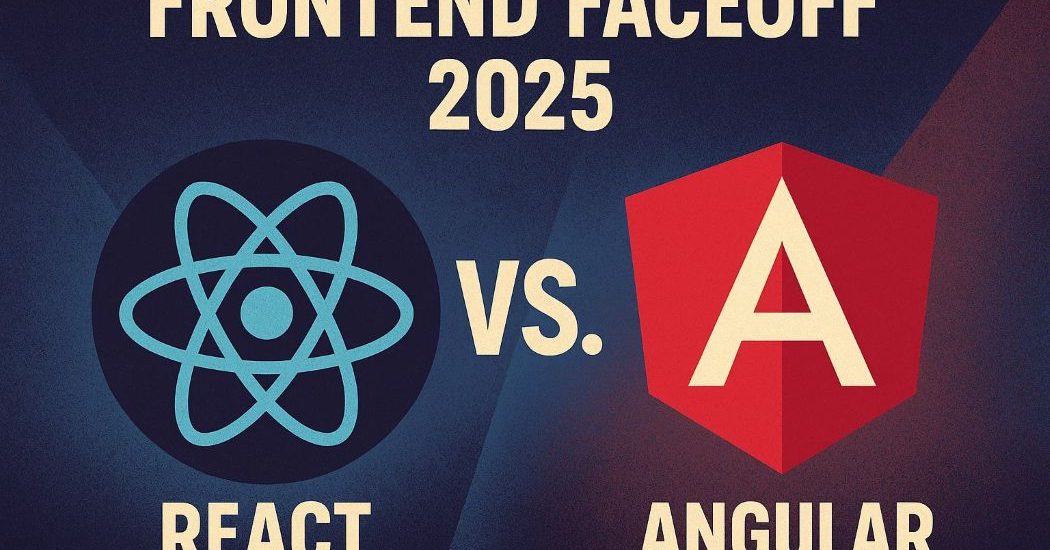Introduction
The frontend development world in 2025 is more dynamic than ever. With rapid advancements in frameworks and growing user expectations, developers must choose tools that offer performance, scalability, and excellent user experiences. Among the many choices available, React, Vue, and Svelte remain the top contenders.
But the question is: Which one is truly leading the frontend race in 2025?
In this blog, we’ll explore their latest updates, strengths, real-world usage, and where each framework stands today.
React: The Giant Still Holding Ground
React, maintained by Meta, continues to lead the pack as the most widely used frontend library. Known for its massive ecosystem and strong community, React powers countless enterprise-level applications across industries.
Why React Still Dominates
- Robust Ecosystem: React seamlessly integrates with tools like Next.js, Redux, and React Query, giving developers access to scalable, production-ready solutions.
- Enterprise Backing: With Meta’s continued support, React gets regular updates and long-term stability.
- Developer-Friendly Structure: Its component-based architecture makes it easier for JavaScript developers to adapt and scale projects.
React in 2025
This year, React introduced React Forget—a new compiler that improves rendering performance without relying on memoization. This innovation boosts both speed and developer efficiency.
React’s Limitations
While powerful, React can feel overly complex for small projects. Its JSX syntax and boilerplate-heavy setup may overwhelm beginners.
Vue: The Elegant Balance
Vue.js, created by Evan You, continues to gain popularity—especially among startups and mid-sized businesses. Vue offers a balanced blend of simplicity, flexibility, and structure, making it a top choice for many development teams.
Vue’s Strengths in 2025
- Clean and Intuitive Syntax: Vue’s Single File Components (SFCs) streamline collaboration between designers and developers.
- Advanced Reactivity: The Composition API allows more modular and maintainable code.
- Excellent Documentation: In 2025, Vue’s documentation and tutorials have reached an exceptional standard, helping developers ramp up quickly.
Latest Trends
Vue 3.5 delivers a revamped DevTools experience and enhanced TypeScript integration, making it even more attractive to enterprise developers. Meanwhile, tools like Nuxt 4 are making full-stack Vue apps increasingly popular.
Where Vue Falls Short
Vue’s adoption rate in Fortune 500 companies still lags behind React. While the community is growing fast, it doesn’t yet match React’s scale and depth.
Svelte: The Disruptor
Unlike traditional frameworks, Svelte compiles components into optimized JavaScript at build time—removing the need for a virtual DOM. This unique approach makes it one of the fastest frontend tools available today.
Why Developers Love Svelte
- Blazing Fast Performance: No runtime overhead means faster loading and smoother app performance.
- Minimal Syntax: Svelte’s code is clean, readable, and highly efficient.
- Built-In Features: Animations, transitions, and reactive declarations come built-in, reducing the need for external libraries.
What’s New in 2025
SvelteKit 2.0 has pushed the framework forward with improved routing and SSR capabilities. Developers building SPAs and PWAs are increasingly choosing Svelte for its simplicity and performance.
The Challenges
Despite its strengths, Svelte still lacks the tooling maturity and large ecosystem that React and Vue offer. Debugging and community support can also feel limited in comparison.
React vs Vue vs Svelte: 2025 Comparison Table
| Feature/Criteria | React | Vue | Svelte |
|---|---|---|---|
| Performance | Medium-High | High | Very High |
| Learning Curve | Medium | Easy | Easy |
| Community Support | Massive | Rapidly Growing | Small but Passionate |
| Ecosystem Maturity | Very Mature | Mature | Moderate |
| Use Cases | Enterprise Apps | Dashboards, CMS | SPAs, PWAs |
| TypeScript Support | Excellent | Excellent | Improved in 2025 |
| New Features (2025) | React Forget | Vue 3.5 | SvelteKit 2.0 |
Which One Should You Choose?
Choosing the right framework depends on your specific needs. Here’s a simple breakdown to help you decide:
- Pick React if you’re building large-scale, enterprise-level apps and need long-term career opportunities.
- Go with Vue if you want an elegant, structured framework that’s easy to learn and offers powerful capabilities.
- Choose Svelte if performance and simplicity are top priorities, especially for lightweight or modern web apps.
All three frameworks have evolved significantly. Your decision should be based on your project scope, developer experience, and future goals.
Final Thoughts
In 2025, React, Vue, and Svelte each bring unique strengths to the table.
- React remains the dominant force, thanks to its widespread adoption and deep ecosystem.
- Vue delivers a seamless developer experience and strikes a balance between structure and flexibility.
- Svelte stands out with unmatched performance and minimalistic design, challenging traditional frontend norms.
Ultimately, the real winner is the developer community—now equipped with a powerful set of tools for every type of project.




